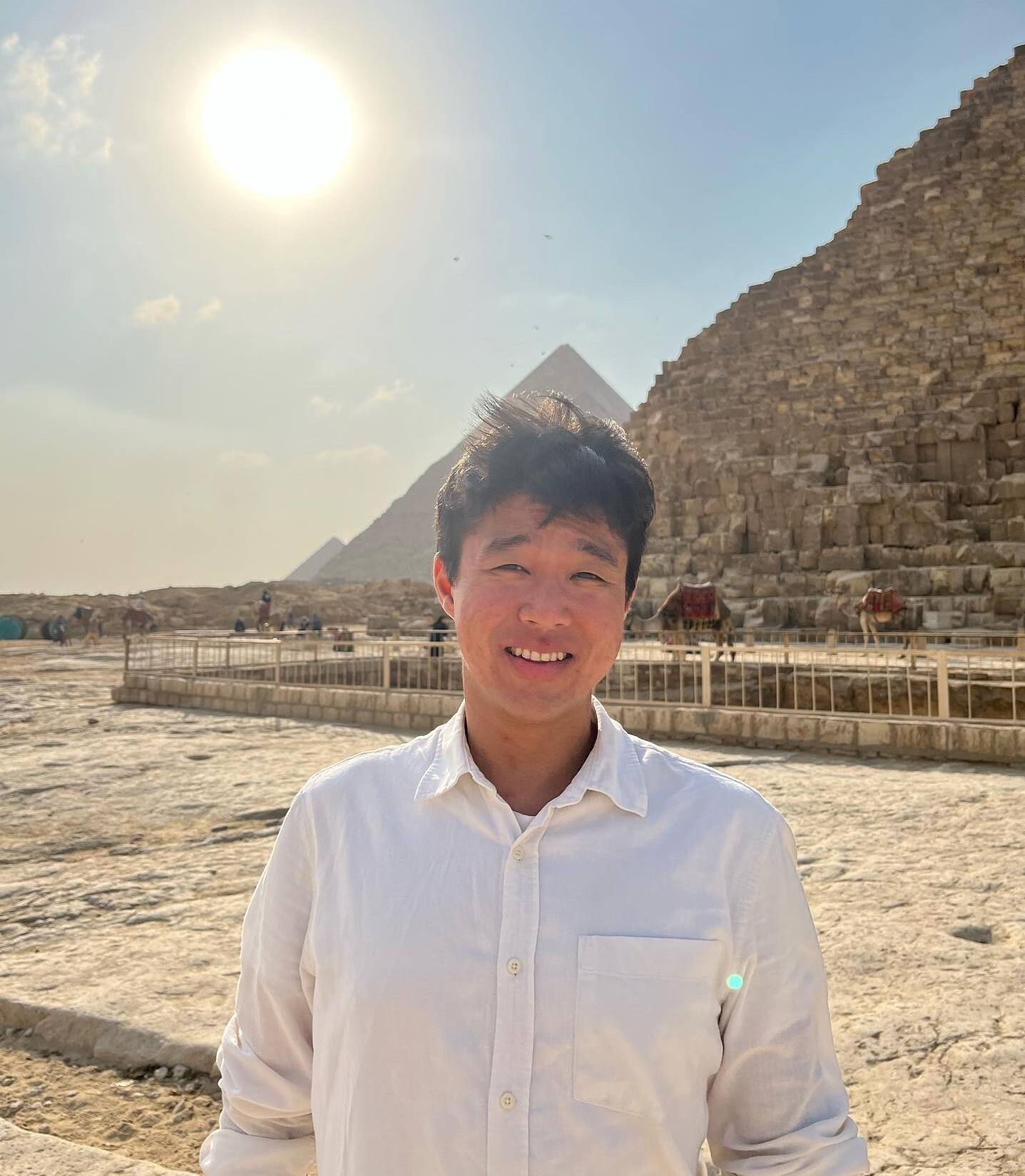
A little about me…
Hello! My name is Jason (or Jaemyoung) Lee (Korean: 이재명). I was born and mostly raised in South Korea, except for the 5 years I spent in Southern California as a kid. It was during those 5 years when I fell in love with astrophysics and decided that I will become an astrophysicist.
In 3rd grade, I had to make a pop-up book on a Solar System planet for a class project (my planet was Venus), and even though my mom had to make most of the book itself since I am far from a crafty person, I found myself suddenly drawn into the world of astrophysics.
While my initial interests were in planetary science, during my final years of undergrad at Korea University and the University of Toronto, I engaged in cosmology research, which propelled me to my current path.
When I am not doing research, I love to travel and play classical music (piano and violin).
My academic footprint
Korea University
At Korea University, I did a dual major in Physic and English (mostly Literature) and had a lot of fun in the orchestra (we were really close-knit). I also had the opportunity to be an intern in Professor Eunil Won’s lab where I learned how to code and use some often-used software in cosmology.
University of Toronto
Although I was a Study Abroad student for just one year, this was where I got to do full-blown cosmology research for the first time in my life. Thanks to Professor Dick Bond, Pavel Motloch, Alex van Engelen, and George Stein, I had an invaluable experience working on the Non-Gaussianity of the Cosmic Infrared Background and Its Gravitational Lensing as there were many challenges, but we managed to finish the project in the end, and on the way I got to learn a LOT.
University of Pennsylvania
At Penn, my research became more focused on SN Ia cosmology when I started working with my advisor, Professor Masao Sako.
For the last few years, I’ve been having an amazing time exploring topics that have not been considered so far in SN Ia cosmology (wavelength-dependent atmospheric effects), and discovered that we can do very exciting things with this (measuring redshifts!).
On the other hand, I have also been working with Professor Ravi Sheth on BAOs (model-independent BAO scales), which has also been quite exciting.